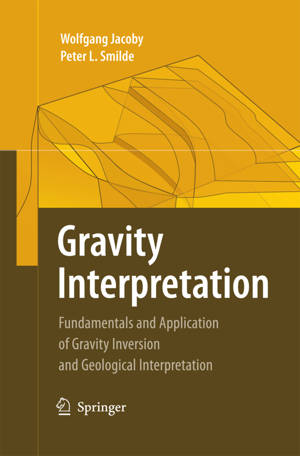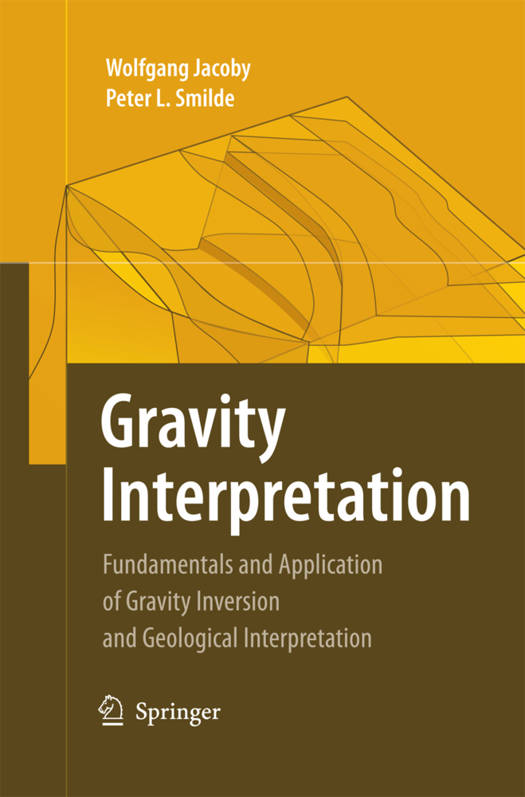
- Afhalen na 1 uur in een winkel met voorraad
- Gratis thuislevering in België vanaf € 30
- Ruim aanbod met 7 miljoen producten
- Afhalen na 1 uur in een winkel met voorraad
- Gratis thuislevering in België vanaf € 30
- Ruim aanbod met 7 miljoen producten
Zoeken
Gravity Interpretation
Fundamentals and Application of Gravity Inversion and Geological Interpretation
Wolfgang Jacoby, Peter L Smilde
Paperback | Engels
€ 105,45
+ 210 punten
Omschrijving
Gravity interpretation involves inversion of data into models, but it is more. Gravity interpretation is used in a "holistic" sense going beyond "inversion". Inversion is like optimization within certain a priori assumptions, i.e., all anticipated models lie in a limited domain of the a priori errors. No source should exist outside the anticipated model volume, but that is never literally true. Interpretation goes beyond by taking "outside" possibilities into account in the widest sense. Any neglected possibility carries the danger of seriously affecting the interpretation. Gravity interpretation pertains to wider questions such as the shape of the Earth, the nature of the continental and oceanic crust, isostasy, forces and stresses, geol- ical structure, nding useful resources, climate change, etc. Interpretation is often used synonymously with modelling and inversion of observations toward models. Interpretation places the inversion results into the wider geological or economic context and into the framework of science and humanity. Models play a central role in science. They are images of phenomena of the physical world, for example, scale images or metaphors, enabling the human mind to describe observations and re- tionships by abstract mathematical means. Models served orientation and survival in a complex, partly invisible physical and social environment.
Specificaties
Betrokkenen
- Auteur(s):
- Uitgeverij:
Inhoud
- Aantal bladzijden:
- 395
- Taal:
- Engels
Eigenschappen
- Productcode (EAN):
- 9783642448508
- Verschijningsdatum:
- 23/09/2014
- Uitvoering:
- Paperback
- Formaat:
- Trade paperback (VS)
- Afmetingen:
- 156 mm x 234 mm
- Gewicht:
- 580 g

Alleen bij Standaard Boekhandel
+ 210 punten op je klantenkaart van Standaard Boekhandel
Beoordelingen
We publiceren alleen reviews die voldoen aan de voorwaarden voor reviews. Bekijk onze voorwaarden voor reviews.











